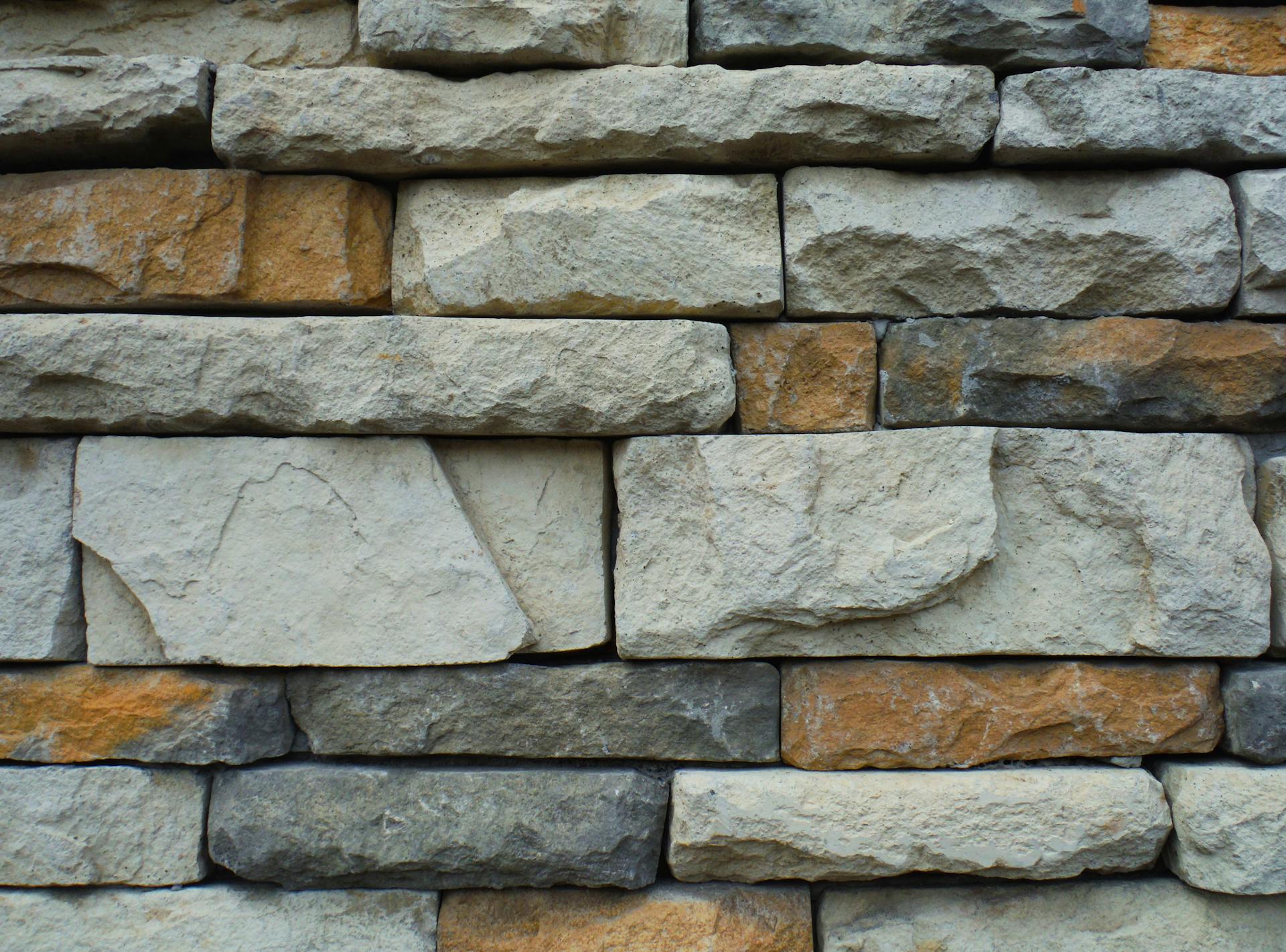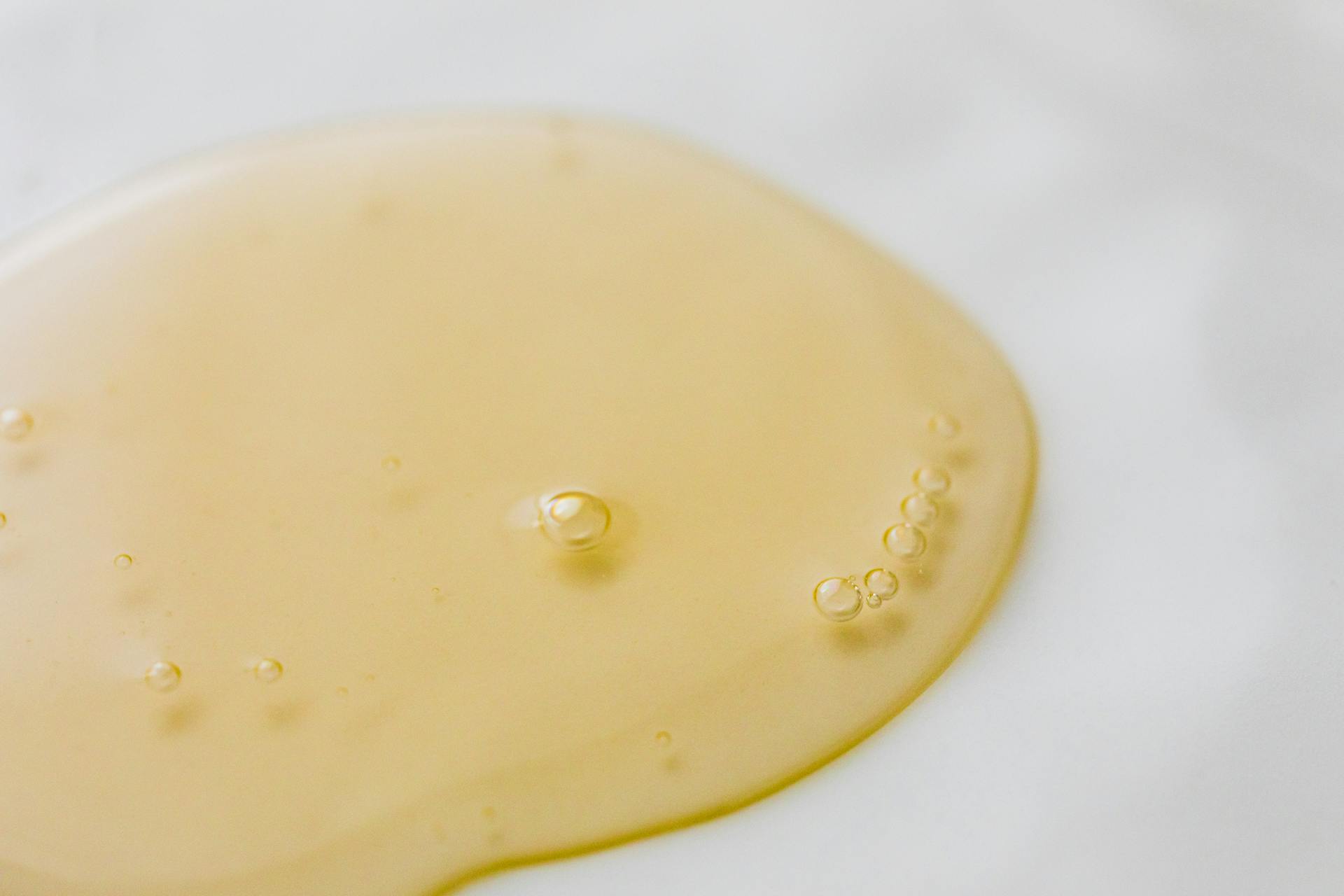
Gypsum concrete is a material that has been gaining popularity in recent years, and for good reason. This type of concrete offers a variety of benefits that make it an ideal choice for many construction projects. One of the most notable advantages of gypsum concrete is its ability to keep sound contained within a space, making it an excellent option for buildings where noise reduction is essential.
USG, a leading manufacturer and distributor of building materials, recognizes the many benefits of gypsum concrete and offers cost-effective solutions to customers looking to incorporate it into their projects. With USG's sustainable gypsum concrete underlayment options, contractors can achieve perfect sound while also ensuring fire safety and durability. Whether you're working on a residential or commercial project, USG can help you find the right gypsum concrete solution to meet your needs.
USG offers cost-effective and sustainable gypsum concrete underlayment for your next building.
USG offers a cost-effective and sustainable gypsum concrete underlayment that can provide a quiet, safe living experience for people residing in multi-family housing projects. Chicago-based architect Adam Thoma has emphasized the importance of sound containment in apartment complexes, as neighbors' footsteps or music blasting overhead can severely impact tenant retention. By incorporating USG's gypsum concrete underlayment into the floor assembly, developers and architects can ensure that their buildings meet fire and sound codes while also providing a positive user experience ultimately yielding happy tenants.
The USG product recently received UL Environments Greenguard Gold certification due to its low chemical emissions, making it an eco-friendly choice for builders seeking sustainable building materials. In addition to being environmentally friendly, the gypsum concrete underlayment is also cost-effective, making it an ideal choice for large-scale multi-family housing projects. Developers can save money on expensive soundproofing measures by simply incorporating USG's underlayment into their building plans.
Overall, USG's gypsum concrete underlayment is an excellent option for builders looking to create a quiet and safe living experience for their tenants. With its ability to meet fire and sound codes, as well as its cost-effectiveness and sustainability, this product is quickly becoming a go-to solution for many construction projects. By choosing USG's gypsum concrete underlayment, builders can rest assured that they are creating high-quality buildings that will provide long-lasting comfort and satisfaction to their residents.
1. Getting More for Less
Architects, builders and building owners are always looking for ways to meet building code requirements while also saving money. USG introduced gypsum concrete, a lightweight concrete that can be poured thinner than traditional concrete while still providing a two-hour fire rating. With underlayment thickness as thin as one inch, gypsum concrete makes it possible to build higher with load-bearing cold-formed steel. Brett Fleury, product marketing manager for performance flooring at USG, explains that chemically bound water in gypsum concrete absorbs rising heat like a heat sink during a fire test, making it an ideal choice for non-combustible buildings.
2. Renovation Solutions
Are you planning a renovation project and worried about crumbling gypsum concrete? 40 years ago, gypsum products were used as the go-to underlayment for floor coverings, but their lower compressive strengths meant they wouldn't hold up over time. Contractors working on buildings pulling up crumbling gypsum concrete can be a potential nightmare - but fear not! Updated USG created high strength gypsum concrete applied directly over weak gypsum can make your floor substantially stronger, meet fire code and eliminate waste created by the entire underlayment being removed.
Discover the Benefits of Gypcrete
Assume you're familiar with concrete, but have you heard about its lighter and more flexible sibling, gypsum concrete or gypcrete? It's a composite mixture made from sand, Portland cement, and gypsum plaster. The fixed ratio of these filler materials gives gypcrete a unique composition that sets it apart from normal concrete.
One of the biggest pros of gypcrete is its lightweight nature. As a result, it's an extremely easy material to handle and install. This quality makes it a popular subflooring option ideal for renovation projects where weight could be an issue.
Gypcrete's adhesive-type flooring is also gaining a significant share in the market due to its excellent thermal conductivity properties. The lightweight material is famous for being an efficient heat conductor, which means that it can keep your space warm without wasting energy. So, if you're planning to remodel your home or office space anytime soon, consider using gypsum concrete as your primary subflooring option!
1. Gypcrete Installation
Gypcrete installation can be a DIY venture, but proper mixing and pouring application requires expert hands. Before applying primer to the existing surface, make sure it is swept slowly with a hose attached to control moisture. When pouring the gypcrete, it's important to cover the entire area evenly with a float trowel for a finished surface that can withstand foot traffic in just 90 minutes. The quality of a freshly finished gypcrete subfloor depends on its fire-rated subfloor-ready surface and its compatibility with a tongue-and-groove wooden subfloor.
A Comparison of Gypcrete and Concrete: Which One is Better?
Let's find out which one is better: Gypcrete or concrete? While both concrete and gypcrete offer multiple applications, there are considerable differences between them. Concrete is a mixture of water, cement, and aggregates while Gypcrete differs as it contains gypsum plaster mixed with sand and other additives. The usage of these materials depends on various factors such as the area of application, thickness required, cost-effectiveness, and durability.
1. Weight
Weight is a significant difference between gypsum concrete and traditional concrete. While regular concrete weighs 18 pounds per square foot, lightweight gypcrete only weighs 13 pounds per square foot. This makes it an ideal floor underlayment for those looking to reduce weight without sacrificing strength and durability. Want to know more about the benefits of gypsum concrete? Keep reading!
2. Floor Heating
When it comes to floor heating, gypsum concrete is the preferred choice for many homeowners. Not only does it offer excellent energy efficiency, but it also has great heat retaining capabilities. The recommended combination for radiant heat in concrete floors is using metal tubes tend and hand gypcrete for a seamless finish.
3. Noise Dampening
One common reason for homeowners preferring gypcrete as their flooring system is its superior sound insulation capabilities. This is due to its sound dampening properties, a significant characteristic of the concrete mix. If you're looking for a quiet home environment, consider using gypsum concrete for your flooring needs.
Frequently Asked Questions
What is gypsum board?
Gypsum board, also known as drywall or plasterboard, is a construction material consisting of gypsum plaster sandwiched between two sheets of paper or fiberglass. It is commonly used to make interior walls and ceilings in buildings due to its fire-resistant and sound-dampening properties.
What is the ga-600 fire resistance and sound control design manual?
The GA-600 is a manual that outlines guidelines for designing fire-resistant and sound-controlled structures. It provides architects and engineers with the necessary information to ensure buildings are safe and meet code requirements.
What is the fire resistance and sound control design manual?
The fire resistance and sound control design manual is a guidebook that provides information on building materials that can withstand fire and reduce noise transmission. It helps architects and builders understand the codes, standards, and regulations related to fire resistance and sound control in construction.
What is gypsum concrete?
Gypsum concrete is a building material made of gypsum plaster, Portland cement, and sand. It is commonly used as a floor underlayment or topping for low-rise buildings.
Featured Images: pexels.com


